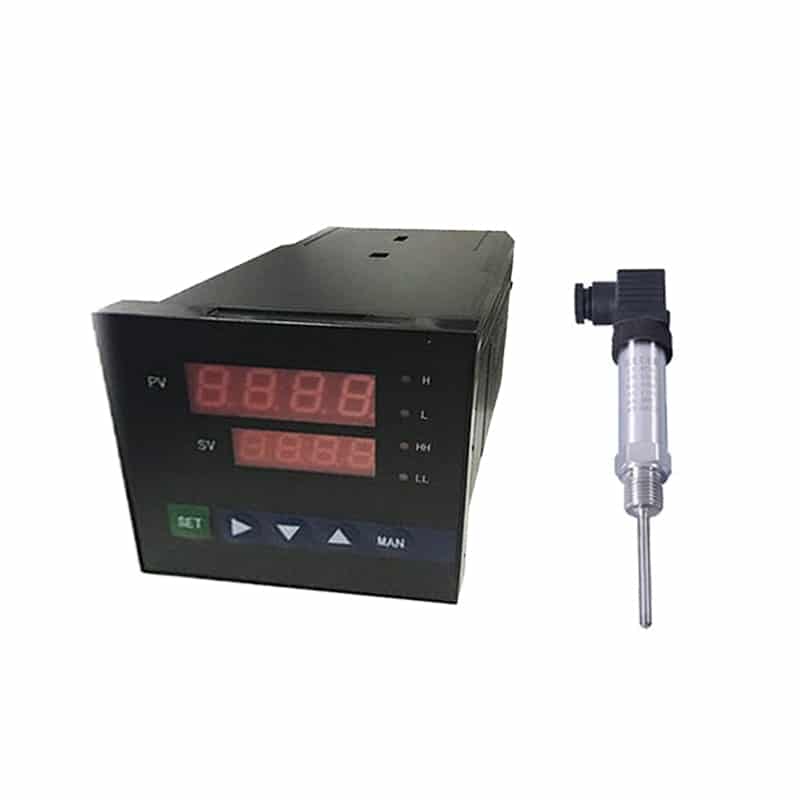Temperature Controller
Temperature controller is regulating the integration of intelligent temperature control instrument, it adopted the full digital integration design, programmable temperature curve or point temperature control, multiple PID adjustment, output power limit curve programming, manual/automatic switch, soft start, alarm switch output, real time data query and communication with the computer, and other functions, The digital display temperature instrument and ZK thyristor voltage regulator are integrated into one, integrating temperature measurement, adjustment and driving. The instrument directly outputs thyristor trigger signal, which can drive all kinds of thyristor loads.
Working Principle of Temperature Controller
- Temperature Measurement: The temperature controller has a built-in temperature sensor to monitor the ambient temperature in real time.
- Signal Comparison: Compare the measured temperature with the set temperature.
- Output control: According to the comparison results, control the operation of heating or cooling equipment, so that the actual temperature is close to the set temperature.
Types of temperature controllers
- Mechanical temperature controller: the use of metal thermal expansion and contraction principle to control the switch, simple structure, lower cost, but lower precision.
- Electronic temperature controller: the use of electronic components for temperature measurement and control, high precision, feature-rich, can set a variety of control modes.
- Intelligent temperature controller: on the basis of electronic temperature controller, it increases the intelligent function, can be controlled remotely through cell phone APP and other ways, and has the functions of self-learning and self-adaptation.
Applications
Industrial production
- Metallurgical industry: control the melting temperature and heat treatment temperature of the metal to ensure that the physical properties and chemical composition of the metal meet the requirements.
- Chemical industry: control the reaction temperature to ensure the smooth progress of the chemical reaction, improve product yield.
- Food industry: control the temperature of food processing, such as pasteurization, drying, refrigeration, etc., to ensure the health and safety of food and quality.
- Pharmaceutical industry: control the temperature in the production process of drugs to ensure the effectiveness and stability of drugs.
Scientific research experiment
- Laboratory equipment: incubators, thermostatic water baths, drying boxes and other equipment need temperature controllers to maintain stable temperature conditions.
- Material science: in the process of material synthesis, performance testing, etc., need to accurately control the temperature.
Household Appliances
- Air conditioners: Provide a comfortable living environment by regulating the indoor temperature.
- Refrigerator: Keeps food fresh and extends shelf life.
- Water heater: Provides hot water at a constant temperature.
- Oven: Controls baking temperature to produce delicious baked goods.
Other Fields
- Automobile: Controls engine coolant temperature, air conditioning temperature, etc.
- Medical equipment: thermometers, thermostats and other medical equipment need temperature control.
- Agriculture: greenhouses, farms, etc. need to control the temperature to optimize the growth environment of plants or animals.
Common Problems with Temperature Controllers
- Large temperature fluctuations: This may be due to sensor failure, reduced performance of heating/cooling equipment, improper setting of control parameters, etc.
- Can not reach the set temperature: may be due to excessive load, drastic changes in ambient temperature, controller failure and other reasons.
- Controller failure: may be due to power supply failure, line damage, damage to the internal components of the controller and other reasons.

